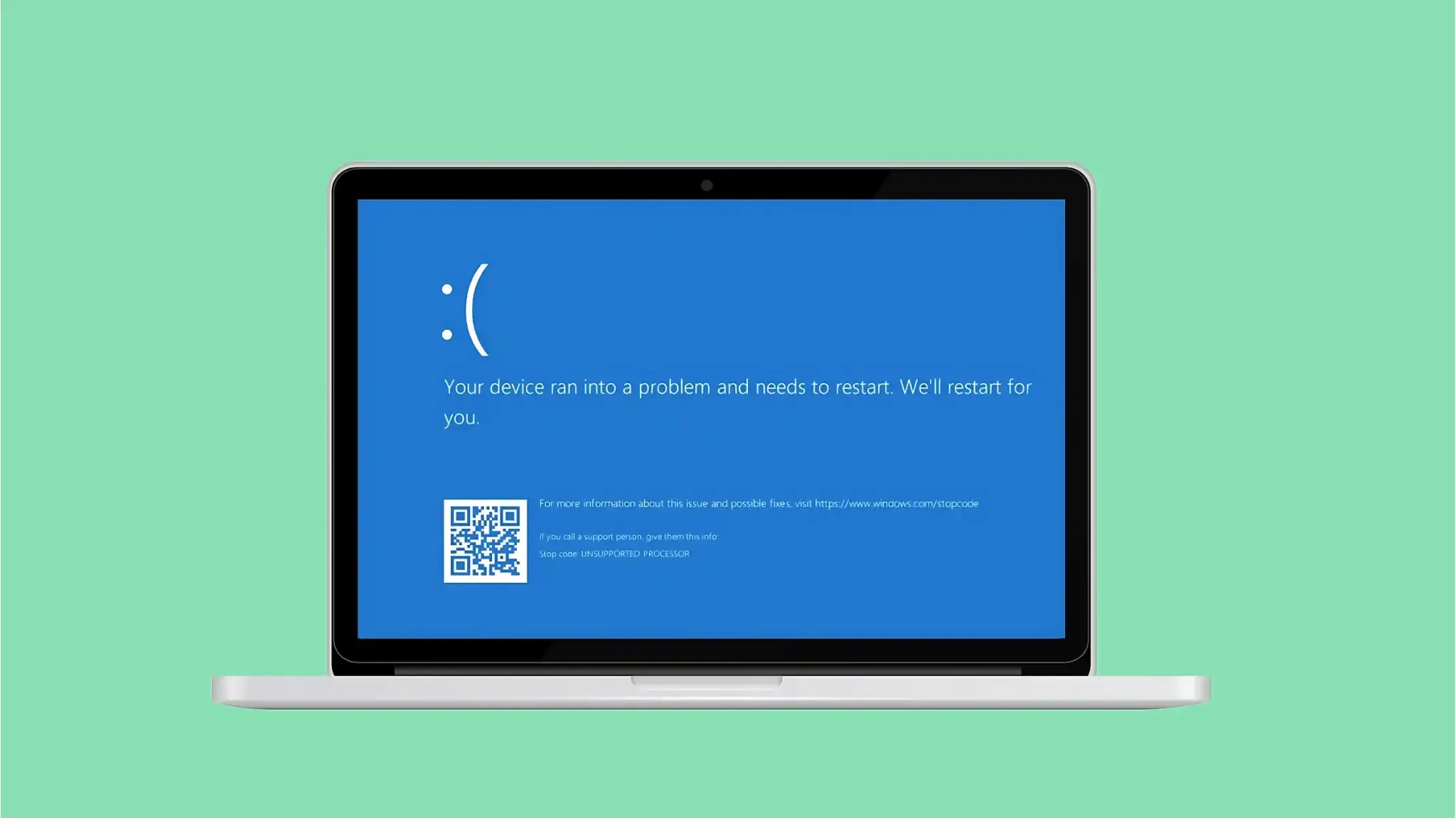
Microsoft is bidding farewell to one of computing's most notorious icons, replacing the legendary Blue Screen of Death (BSOD) with a streamlined Black Screen of Death in Windows 11's upcoming 24H2 update this summer.
The tech giant announced the historic change as part of a comprehensive system resilience overhaul following last year's devastating CrowdStrike incident that left millions of Windows machines displaying the dreaded blue error screen.
The new Black Screen of Death abandons the traditional blue background, frowning emoticon, and QR code for a minimalist black interface that simply states, "Your device ran into a problem and needs to restart."
 |
| The new BSOD in Windows 11. Image: Microsoft |
The redesigned error screen includes a progress counter, specific error codes, and identifies which process triggered the crash — crucial information that previously required IT administrators to manually extract crash dumps and analyze them with specialized tools like WinDbg.
"This is really an attempt on clarity and providing better information and allowing us and customers to really get to what the core of the issue is so we can fix it faster," says David Weston, Microsoft's Vice President of Enterprise and OS Security, to TheVerge.
The simplified design aligns with Windows 11's modern aesthetic while delivering more actionable diagnostic information.
The CrowdStrike Connection
The redesign carries deeper significance beyond aesthetics. The July 19, 2024, CrowdStrike outage affected approximately 8.5 million Windows systems worldwide — nearly 1% of all Microsoft devices globally — causing widespread disruptions to airlines, hospitals, banks, and emergency services.
The incident cost Fortune 500 companies an estimated $5.4 billion and created lasting associations between the blue error screen and system vulnerability.
Microsoft's response extends beyond visual changes. The company is implementing new security architecture restrictions and introducing Quick Machine Recovery features designed to prevent similar widespread failures. Third-party security software will face stricter requirements to ensure faulty updates cannot cascade into system-wide crashes.
What This Means for Users and IT Professionals
For everyday users, the change represents more than a cosmetic improvement. The new error screen provides clearer information about system failures, potentially reducing troubleshooting time and technical support calls. IT professionals will benefit from immediate access to stop codes and driver information previously buried in crash dumps.
The transition also signals Microsoft's broader strategy to modernize Windows error handling and improve system recovery capabilities. The Black Screen of Death will debut alongside enhanced diagnostic tools and automated recovery systems designed to minimize downtime and user frustration.
As Windows 11 version 24H2 rolls out later this summer, users will encounter this new face of system errors — marking the end of an era for the blue screen that has haunted Windows users since the early 1990s. While the Blue Screen of Death earned its fearsome reputation, its black successor promises to be more informative and less panic-inducing for the next generation of Windows users.